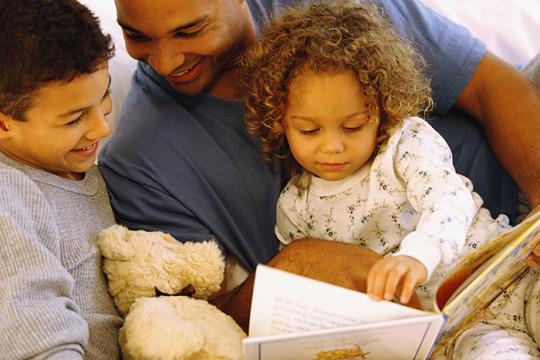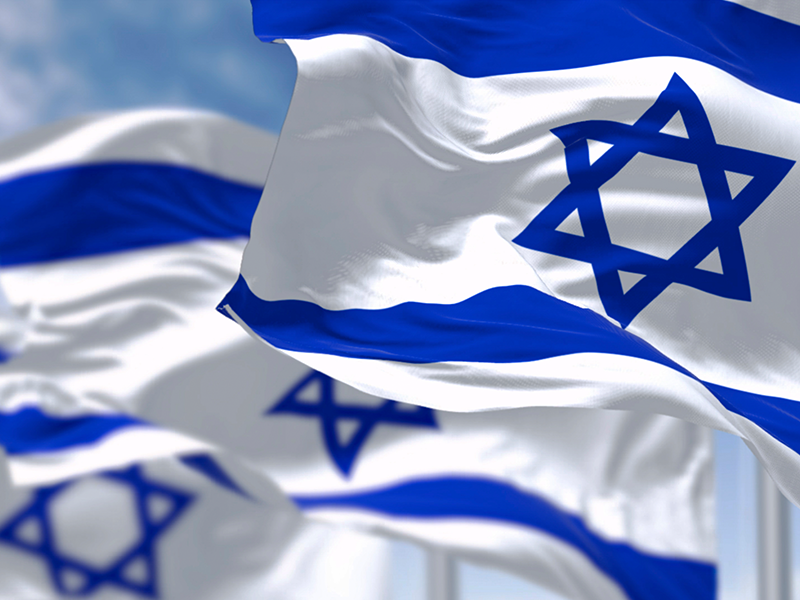How Emojis Helped Me Fulfill a Mitzvah - Yes, Really!

When my friend’s cancer returned, it came back big and bad. I said goodbye to her as she and her husband left for a hospital in a city on the other side of the state for five weeks of treatment, including chemotherapy, the harvesting of stem cells, a waiting period, and a subsequent reintroduction of the cells.
Our synagogue’s Caring Committee sent a pretty little bracelet, and I sent a lovely gift purchased from Areyvut, “A Kindness a Day” calendar. Other friends sent meaningful gifts and well wishes, too. But I wanted to do more.
The act of bikur cholim, visiting the sick, is considered a mitzvah (good deed) – and yet, because of distance I couldn’t visit my friend. I wondered: What could I do, each and every day, to send caring wishes? I knew asking “How are you?” or “Are you feeling better today?” were out of the question, as she did not like to talk about her illness. Such questions would be unwelcome and would go unanswered.
Enter the Bitmoji, expressive cartoon avatars. I first learned about the Bitmoji phenomenon from my adult children, who also helped me get a feel for making them. Once you’ve created your own Bitmoji – a personal emoji – you can switch it up with hundreds of outfits, moods, expressions, and attitudes.
I decided to send a different version of my Bitmoji to my friend every day, which would convey that I was not just thinking of my friend, but was spiritually and emotionally with her.
It took a little time to get it just right. There’s a large Bitmoji library to choose from, and I became familiar with them all, such that I now consider myself to be the head Bitmoji librarian. (Name your emotion, and I can tell you how to find it!) I experienced childlike anticipation as I chose each one, and I hoped my friend would receive them with similar anticipation.
It became my silly, little way to escort a friend through her serious, big challenge.
I got creative. My Superwoman Bitmoji, in particular, gave my friend a chuckle, so I had my husband send her his Superman Bitmoji, too. I sent Disney characters and popular movie versions, and I resorted to youthful popular slang when I sent “True dat.” At Valentine’s Day, I sent a plethora of hearts and love themes, and on President’s Day, I placed my cartoon likeness in the middle of Mt. Rushmore. “Where do you find these gems?!” was the reply on that one.
And although some adorable Bitmojis were available during Hanukkah, I could only find one Jewishly themed option after December passed: a rather appropriate “Oy vev!” There were no “Shabbat Shalom” choices for me to send on Fridays, but I did find “May the Force be with you.” Close enough?
By sending these funny, daily messages in the form of cartoons, I was able to say “I miss you”, “I love you,” “How’s it goin’?,” “Sweet dreams,” and more – all in an adorable way that had nothing to do with disease, lost immune systems, or very bad days.
On good days, they received responses; on difficult days, no response was needed. But no matter what, our communications were never about cancer or stem cells or hospitals or bloodwork. They were about avatars: how I changed the clothes, putting on a coat and boots for the colder days, and how we could look forward to creating one for her, together, when she came home.
One caricature at a time, I accompanied my friend in her battle, like a cheerleader on the sidelines of the big game – and one day at a time, she fought her illness and won.
A long time ago, I picked out what I knew would be my final Bitmoji, praying that I would have the opportunity to send it to my friend. My favorite of them all, I shared it with tears of joy. It’s the one that says “Welcome back.”
Related Posts

Breathe Bravely

The Importance of Storytelling

